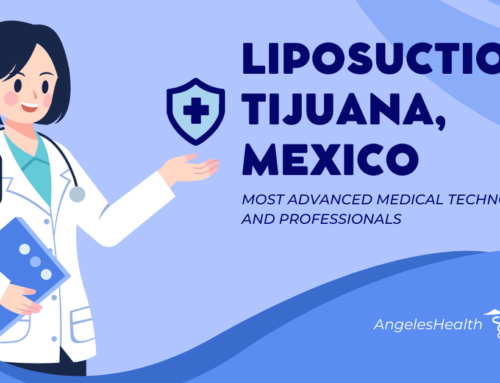June 2011 was Cataract Awareness Month
Did you know that there are an estimated 22.3 million Americans age 40 and older with cataracts? If those seem like slim odds to worry about, try some awareness: the American Society of Cataract and Refractive Surgery estimates that those reaching the age of 80 have a 1 in 2 chance of forming cataracts. That’s bad news, especially given the dominance of the aging baby boomer demographic cohort in the US. Luckily there is good news about cataracts as well – i.e. that cataracts can be treated successfully in at last 98 times out of 100.
Did you know that treatment for cataracts is one of the earliest medical procedures performed in recorded history? It’s true: cataracts were treated as early as 5th century BC, using a basic (and somewhat horrifying) procedure known as couching, which only sounds innocuous and not too terribly painful until you learn that it consisted of laying the patient down and striking him in the eye with a blunt object. The theory behind this assault-as-surgery: the trauma would cause the hardened cataract to break apart. Ouch.
10 Foods That Protect Against Cataract Formation
It wasn’t until the relatively modern era of the 1st century surgeons starting sticking sharp tools into the eye for the same purpose (suddenly couching sounds more palatable). The word “Cataract” itself is derived from the ancient Greek word meaning “waterfall”, a reference to the then-supposed cause of the opaque haze flowing over the eye and obscuring sight.
Modern surgical removal of cataracts first occurred in the mid 18th century; 200 years later saw a great leap forward in surgical vision technique and technology – the introduction of the intraocular lens was quickly followed by enzymatic dissolution of cataracts and ultrasonic vibrational emulsification and aspiration.
Today, cataracts are removed almost by magic (compared to couching, that is): 1mm incisions to correct vision length as well as corneal aging.
Related Links





